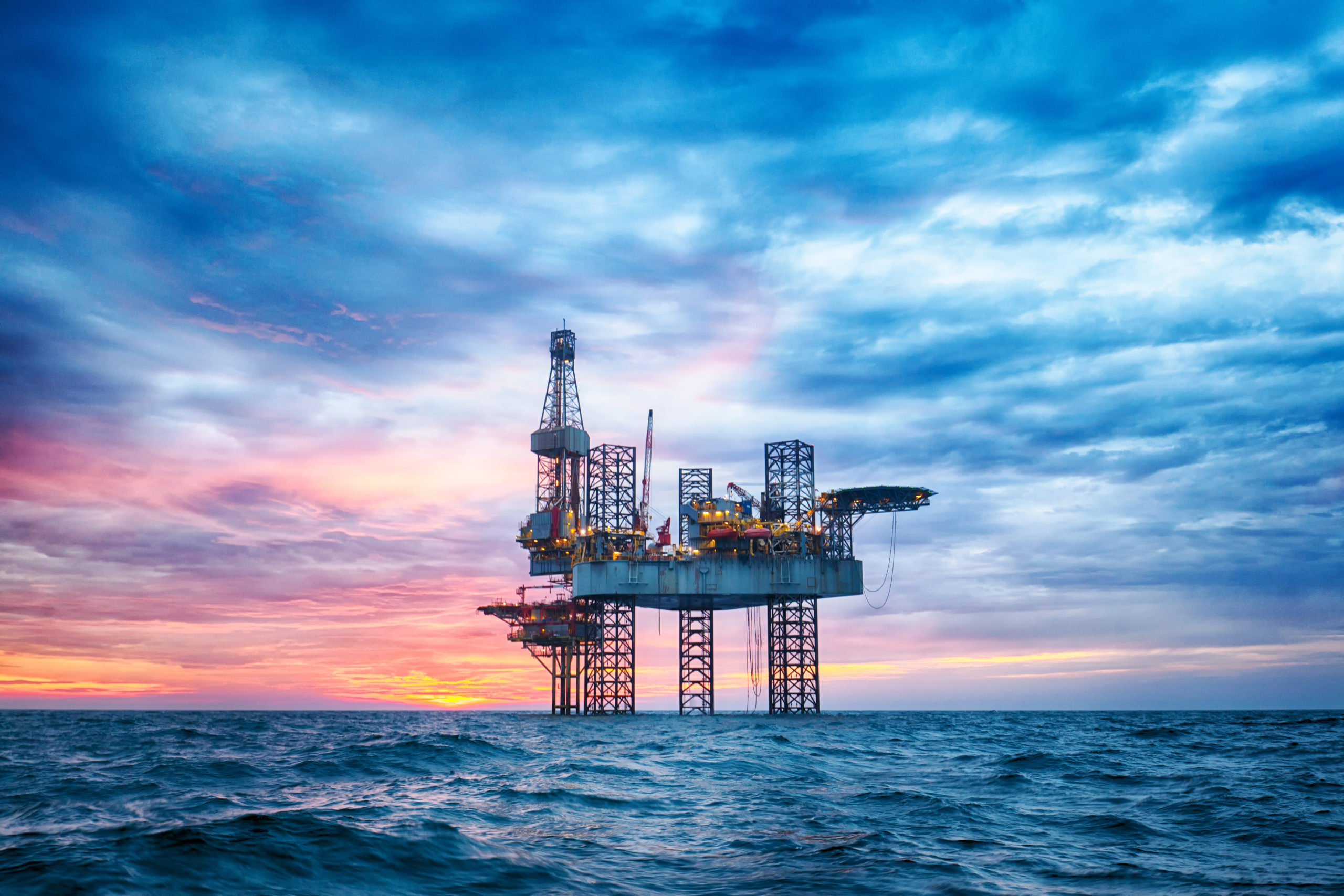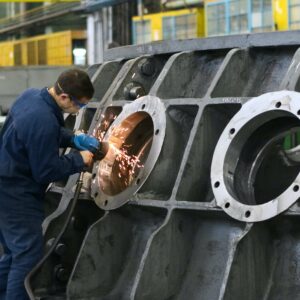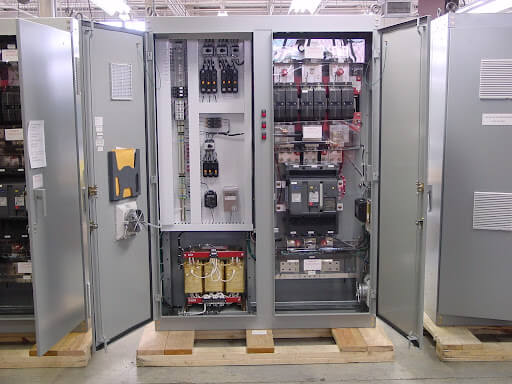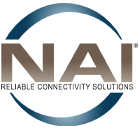
18 Mar Digital Trends in Oil and Gas Field Equipment
This is an exciting time for the oil and gas field equipment industry. Prices are stable and energy demand is increasing. The global market for oilfield services was $250 billion in 2018, and projections predict this market to reach $330 billion by 2026.
The market for shale gas processing equipment is growing at a CAGR of 14.8% and is projected to reach $13.56 billion globally by 2026. Oil prices are still declining from 2018, but the rate of decline is slowing. The World Bank gives the following yearly averages for oil prices:
- $68/bbl in 2018
- $60/bbl in 2019
- $58/bbl in 2020 (projected)
With this exciting expansion, the need for reliable oil and gas field equipment has never been greater. New trends and advances in oil and gas technology is paving the way for a more productive and efficient market. These rapid advancements underscore the key role of reliable technical components for this industry. Oil and gas field equipment would not be where it is today without the custom interconnect solutions that “fuel” these technological advancements.
The Future of the Oil and Gas Field Equipment Industry
The future of the oil and gas equipment industry looks optimistic, despite emerging developments in EV charging. But lower oil prices are convincing producers to improve operational efficiency and safety. For the past two years, the focus has shifted from “growth at all costs” to cost-containment measures.
Digitalization is the key to this challenge. The oil and gas field equipment industry is adopting new digital technologies, including:
- 3D Imaging
- Increased bandwidth in harsh environments
- Industrial Internet of Things (IIoT)
- Cloud Computing
- 3D Printing for On-Site Repairs
- Blockchain for Data Security
- Automated Robotics and Drones to improve Worker Safety
- Augmented and Virtual Reality for Modeling and Training
Dr. John Markus Lervik, co-founder and CEO of Cognite, says:
“The future of oil and gas is to be digitally native and cloud-connected, and to embrace a relentless quest for ways to improve operational efficiency across the entire lifecycle, from exploration, to field operations, and field abandonment.”
Here are some examples where digital technologies are improving exploration, drilling, and production.
Exploration: High-Definition Imaging and Sealed-Core Sampling Improve Productivity Predictions
Drilling companies need to predict productivity before they drill. They need to estimate how much oil is available in new reservoirs, as well as how much oil remains in mature reservoirs.
But finding oil and gas isn’t enough. Companies must also determine whether they will be able to extract discovered hydrocarbons. After all, reservoirs come with a wide range of pore sizes, and some of their oil may be residual, or unextractable—often times, oil and gas reside in very narrow pockets that are difficult to reach when drilling.
Imaging Improvements in Oil and Gas Field Equipment
New exploration technologies use Magnetic Resonance Imaging (MRI). MRI provides accurate location and size measurements of these reservoirs and help determine porosity; distinguish between water, gas, and oil; and determine if a reserve’s hydrocarbons are extractable or residual.
MRI is a down-hole technology, meaning it operates in very harsh environments. Oil and gas equipment wiring for sensors such as MRI must survive in caustic environments and be able to function under extreme pressures and temperatures.
And yes, if you are wondering, Magnetic Resonance Imaging is the same type of technology used for medical imaging. NAI also supports the evolving trends in medical devices with our custom medical cable assemblies.
New Drilling Technology Provides Core Sampling Improvements
Operators must measure the amounts of oil, gas, and water in each area. Coring equipment now seals each sample as the core is removed to prevent the loss of liquids and gasses before analysis.
These technologies give operators a thorough understanding of the geological composition of each test hole. Operators use this data to decide whether an area should be developed or not, saving them the expense of investing in areas that are not profitable.

Drilling: Using Digital Technologies to Hit the Target
Today’s oil and gas field equipment requires extraction methods require drilling boreholes that change directions—the borehole must start vertically and then shift horizontally.
Steering the Bit While Drilling
The operator “steers” the drill by tilting its bit relative to the rest of the drill string. Older oil and gas field equipment used a hydraulic motor to rotate the bit and rely on pistons to nudge the bit in intended directions. This method simplifies steering because the drill chain doesn’t rotate—the motor is the only component that needs to be tilted. But this technology is imprecise and produces holes that are non-uniform.
Newer technologies, such as the Rotary Steerable System (RSS), use the entire drill string to rotate the bit. RSS drill heads include electronic circuitry and hydraulic machinery behind the bit. The electronic circuitry includes one or more microprocessors, as well as sensors that determine orientation and detect stress, temperature, and other parameters.
The microprocessor is usually pre-programmed to travel in the intended trajectory. It uses sensor data to make steering adjustments and keep the drill on this trajectory. The microprocessor also communicates with operators on the surface; it receives commands and sends data, so operators can adjust its movement.
The electronics and hydraulics travel down the borehole with the bit, so they must be able to survive and operate in harsh environments.
Using Sensors to Track the Drill
Drill sensors help analyze regions surrounding the drill as the drill travels—a process known as “Logging While Drilling” (LWD).
LWD sensors collect the following types of data:
- Inclination and Magnetic Orientation (Azimuth)
- Temperature, Shock, Vibration, Torque, and other stresses
- Bit rotation speed
- Gamma-rays (to detect oil-producing formations)
Some companies provide sensors and software that create real-time maps of regions surrounding the borehole with 1-dimensional ‘look-ahead’ images or 3-dimensional images. These maps extend up to 200 ft from the drill head and help drilling operators detect hydrocarbon-rich locations.
Data is useless, however, unless it can be transmitted back to the surface reliably. Until recently, data transmission has been the biggest obstacle to deploying this technology in the field.
Downhole Telemetry Catches Up to Data Demand
Steerable drilling and LWD share a nearly fatal weakness. Traditional downhole telemetry is too slow to collect and share large amounts of data. Fortunately, drilling equipment managers have made great improvements in recent years.
The most common way to send data along a borehole is by generating small pressure fluctuations or pulses that travel through the drilling fluid. This method is known, descriptively and somewhat humorously, as Mud Pulse Telemetry (MPT).
MPT is extremely slow. Although it can achieve data rates of 20-40 bps, the rate drops as low as 3 bps for long boreholes. Sending a command to the drill head takes as long as 7 minutes, and receiving data from the down-hole sensors takes up to 20 minutes. The operator often must pause the drilling operation to wait for incoming data.
The good news is that a solution has emerged recently: Wired Drill Pipe (WDP). Initially proposed in the late 1990s and field-tested in 2004-2006, WDP became available for large-scale commercial use in the last 4-5 years. It has had huge impact in how oil and gas field equipment is being used.
WDP For Transferring Data
WDP transmits data signals via a wire encased inside the drill pipe’s wall. A coil at the end of each pipe produces magnetic coupling that sends signals into the next pipe section—reducing the need for complicated electrical connections.
WDP achieves data rates of 57.6 kbps, and emerging technology yields speeds up to 500 kbps. Thanks to its higher transmission speeds, WDP can reduce drilling time by days and increase the volume of transmittable data.
Drillers can now develop real-time 3-dimensional pictures of the region surrounding the drill bit. These pictures from the improved oil and gas field equipment provide much more accurate information on where to find the richest deposits.

Production: Smart Oilfields Using IIoT, AI, and The Cloud
Developments in oil and gas field equipment are transforming worksites into “smart oilfields,” characterized by the Industrial Internet of Things (IIoT). IIoT provides high bandwidth and interconnectivity, making room for two important features of smart oilfields: Autonomous Operation and Conditioning Monitoring.
Autonomous Operation in Oil and Gas Field Equipment
The IIoT allows thousands of pieces of oil and gas field equipment and tens of thousands of sensors to communicate with each other. This makes it easy to design software with enough data to control entire plants with minimal human intervention. Placing this data in the “Cloud” also enables remote control of plant operations, increasing safety and efficiency.
Predicting Oil and Gas Field Equipment Failures with Condition Monitoring
Artificial Intelligence (AI) makes it possible to predict oil and gas field equipment failures before they happen. By producing signatures for equipment and learning from sensor data—vibrations, temperatures, throughput, and other parameters—AI is able to identify issues with equipment and determine the severity of an equipment problem. The system then sends a warning and provides a recommendation to human operators.
Maintenance teams use these warnings and recommendations to schedule preemptive maintenance and ensure that equipment does not fail. Enabled by the internet of things, autonomous operation and condition monitoring bring many benefits to the oil and gas field, including:
- Improved uptime and productivity
- Improved equipment performance
- Improved equipment durability and sustainability
- Higher operation efficiency
- Higher operational safety.
Today Oil and Gas Field Equipment is Constantly Changing
New technologies and trends are improving the oil and gas field equipment industry at a rate faster than ever before. In particular, digitalization is expanding possibilities and increasing productivity.
We have not covered the use of 5G, Blockchain, 3D printing, augmented and virtual reality, or autonomous drones. However, each of these technologies are improving productivity; increasing worker safety in the field; and enhancing data analysis, imaging, security, budgeting, and training.
Digital technologies will continue to drive the oil and gas industry forward. They offer exploration, drilling, and production capabilities that are safer, more accurate, more efficient, and more productive.
NAI, an Experienced Partner for Your Oil and Gas Field Equipment Needs
At NAI, we can help you develop modern oil and gas equipment. We offer custom connectivity technology solutions for high-performance systems and provide additional equipment in demanding applications and to withstand harsh environments. We can provide assemblies that are IP-67 rated and design interconnect systems to withstand the harsh environs and damaging conditions of down-hole exploration and drilling that stress cable and connectivity systems.
Seek expertise from the professionals in interconnect solutions for oil and gas equipment wiring or cables for your projects.

